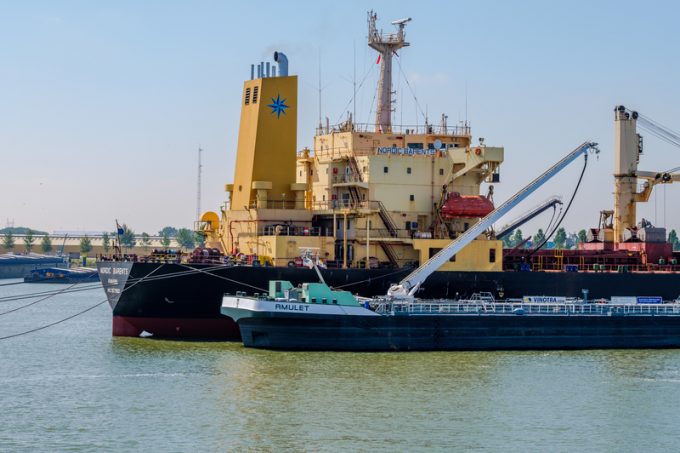No sympathy for carriers from shippers who must foot the bill for bunker hikes
Higher fuel costs are triggering increases in ocean carrier bunker surcharges, adding more misery for ...

Shipping lines that have invested in scrubber technology to comply with the IMO 2020 low-sulphur regulations may be forced to reconsider the wisdom of their investment, as fuel producers appear to be looking for ways to push prices up.
Since the introduction of the legislation this ...

Comment on this article